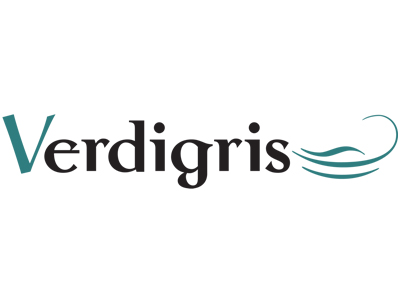For Kodak, reborn and re-energised, sustainability in every sense has become the company’s foundation. According to its recently published 2016 Corporate Responsibility Report (CRR), the first since 2013 when the company had just emerged from Chapter 11, Kodak aims to be the leading company for sustainability in the graphics industry. It has published some ambitious future goals and in doing so sets a standard not just for graphics technology manufacturers, but for large companies in other sectors too.
Kodak expects all of its sites worldwide to be zero waste to landfill facilities by 2025. By then Kodak will have reduced GHG emissions and water consumption from worldwide Kodak operations by 25%, compared to a 2016 baseline. New product developments are expected to aid Kodak customers to make similarly meaningful reductions. These are ambitious goals, especially since they are based on 2016 values, rather than earlier years when Kodak was much larger and its environmental footprint much heavier.
For customers the Kodak Prosper digital printing technology, including the S-Series for hybrid printing applications uses, water based inks containing minimal Volatile Organic Compounds (VOCs), so they can be classified as nonhazardous waste. These inks also use 80% less solids by weight compared to offset inks and over 90% of the total weight of Prosper printhead components is reclaimed and remanufactured. Kodak recently introduced a new Image Optimiser Station (IOS) that printers can use themselves to treat a wide variety of papers for inkjet printing. Patented Optimiser Agents are applied as a layer less than 500nm thick and when ink is deposited on this layer, pigment particles in the Prosper inks instantly immobilise and bind to the paper’s surface. This provides considerable scope for using all sorts of paper types for digital printing and eases deinkability and recycling.
Kodak saw a 9% growth in sales volumes of Sonora processless plates in 2016 and a 16% sales growth for its Flexcel NX flexo plates. Kodak has also achieved a reduction of imaging system power consumption of up to 95% for some of its imaging systems.
Another key objective is to triple recovery of spent solvents from external sources by 2025. Kodak has been recovering solvents at its plant in Rochester, New York since the 1920s when it started collecting and reprocessing solvents used in film and chemical manufacturing. Today the company offers what it claims is Kodak’s unique capability as a service. Customers in the chemical industry ship methanol, ethanol, isopropanol, acetates and other solvents to Kodak, and they are remanufactured with at least 99% purity. Over 18 million kilos of these materials coming from outside sources as well as Kodak were recycled in 2016, ensuring that they did not end up in incineration or other waste streams. All of this is good news for customers as well as the environment.
– Laurel Brunner
This article was produced by the Verdigris project, an industry initiative intended to raise awareness of print’s positive environmental impact. This weekly commentary helps printing companies keep up to date with environmental standards, and how environmentally friendly business management can help improve their bottom lines. Verdigris is supported by the following companies: Agfa Graphics, EFI, Fespa, HP, Kodak, Kornit, Ricoh, Spindrift, Splash PR, Unity Publishing and Xeikon.





